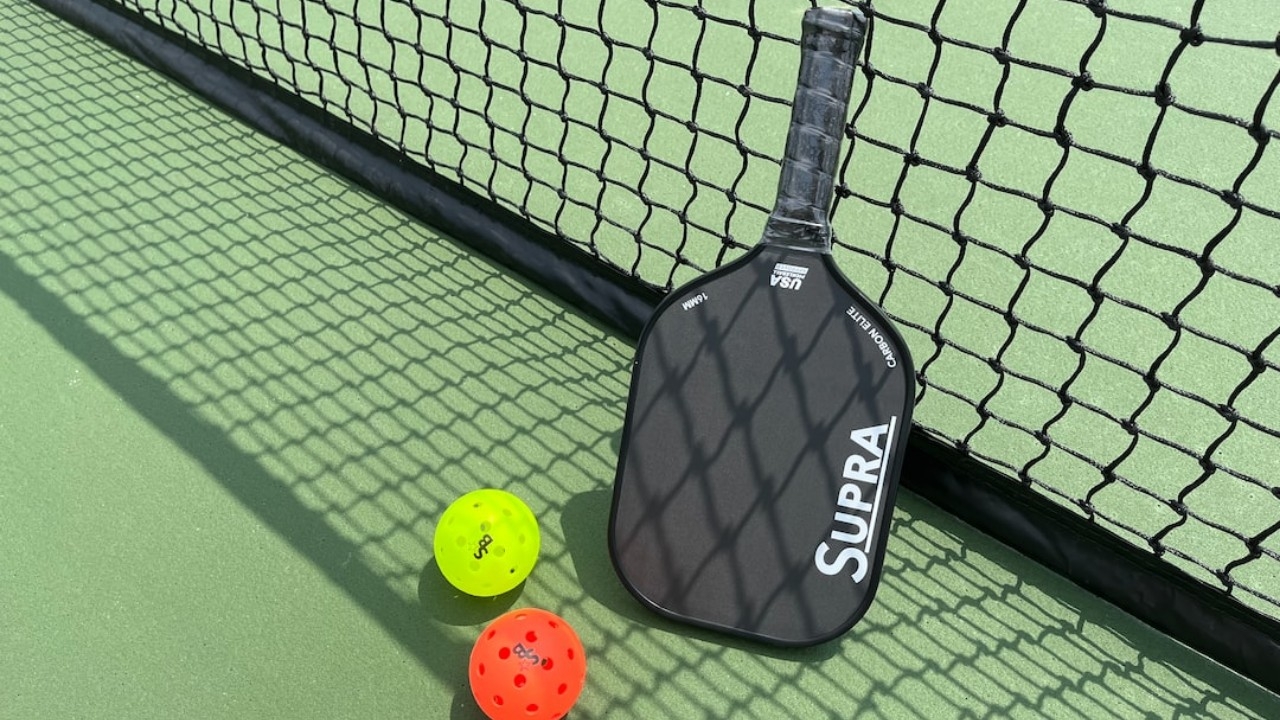Introduction
The world of racket sports offers a wide variety of choices for enthusiasts to enjoy, with tennis and pickleball standing out as two immensely popular options. Both sports involve hitting a ball over a net with a racket, but one significant distinction lies in the type of court they are played on. In this article, we will explore the key differences between pickleball courts and tennis courts, shedding light on their dimensions, surface materials, and the unique aspects that make each sport distinct.
Section 1: Dimensions and Size
Tennis Courts:
Tennis courts are larger in size compared to pickleball courts. A standard tennis court is 78 feet in length and 36 feet in width for singles matches and 78 feet by 27 feet for doubles matches. The net in tennis is positioned at a height of 3 feet at the center.
Pickleball Courts:
Pickleball courts are considerably smaller. The official pickleball court size measures 44 feet in length and 20 feet in width for doubles play. The net is set at a lower height of 36 inches at the sidelines and 34 inches at the center.
Section 2: Surface Materials
Tennis Courts:
Tennis courts typically have hard surfaces made of materials such as asphalt or concrete. However, some tennis courts feature softer surfaces like clay or grass, which are less common but provide different playing experiences.
Pickleball Courts:
Pickleball courts, on the other hand, come in various surface types. The most common indoor pickleball court surfaces are made of hardwood or synthetic materials, resembling the surface of a basketball court. Outdoor pickleball courts often use materials like asphalt or concrete, providing a durable and resilient playing surface.
Section 3: Court Markings
Tennis Courts:
Tennis courts have distinct boundary lines and markings to accommodate both singles and doubles matches. The service boxes, baseline, singles sideline, and doubles sideline are all clearly marked.
Pickleball Courts:
Pickleball courts have markings that differ from tennis courts. They include a centerline that separates the left and right service courts, a non-volley zone (often referred to as the "kitchen") that extends 7 feet from the net on each side, and service courts that are divided by the centerline.
Section 4: Net Height
Tennis Courts:
In tennis, the net is set at a height of 3 feet (36 inches) at the center strap.
Pickleball Courts:
Pickleball nets are set at a lower height than tennis nets. They are placed at 34 inches at the center and 36 inches at the sidelines.
Section 5: Gameplay
Tennis:
Tennis is known for its powerful serves, baseline rallies, and strategic net play. The game requires players to cover a larger court, and the scoring system involves sets and games, making it a longer-duration sport compared to pickleball.
Pickleball:
Pickleball is often characterized by its quick-paced, close-to-the-net action. Due to the smaller court size, rallies tend to be shorter, and the sport emphasizes strategy and finesse. The scoring system in pickleball is simpler, with points being won directly on each serve, making it more accessible for beginners.
Section 6: Equipment
Tennis:
Tennis rackets are larger and heavier, designed to generate power and spin on shots. Tennis balls are also larger and are designed to withstand the higher impact and pace of the game.
Pickleball:
Pickleball paddles are smaller and lighter than tennis rackets, allowing for better control and maneuverability in the close-to-the-net game. Pickleball balls are perforated plastic balls, which are smaller and lighter than tennis balls, designed for the slower-paced, shorter rallies of pickleball.
Section 7: Appeal and Accessibility
Tennis:
Tennis is a sport with a rich history and global appeal. It's known for its competitive tournaments, such as Wimbledon and the US Open. While tennis courts are common, they require more space and maintenance, making them less accessible for some communities.
Pickleball:
Pickleball has experienced rapid growth in recent years, primarily due to its accessibility. The smaller court size and simplified rules make it easy for newcomers to pick up the game quickly. Pickleball courts can be easily adapted to fit in smaller spaces, making them accessible to a wide range of communities.
Conclusion
In summary, while pickleball and tennis share some similarities in terms of equipment and the basic objective of hitting a ball over a net, they are distinct sports with significant differences in court size, surface, net height, and gameplay. Tennis offers a more expansive and physically demanding experience, while pickleball provides a quicker, more accessible game with a focus on strategy and finesse. Ultimately, the choice between the two sports depends on individual preferences, physical fitness, and the desire for either a classic, competitive tennis match or a friendly, fast-paced game of pickleball.


